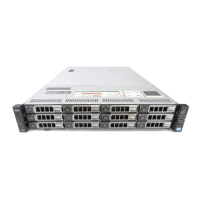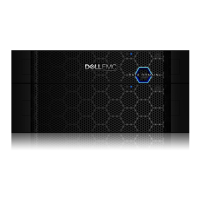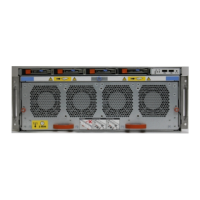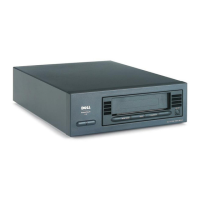12 DR4100 Best Practice Guide | April 2014
5 Replication setup and planning
The DR appliance provides robust replication capabilities to provide a complete backup solution for multi-site
environments. With WAN optimized replication, only unique data is transferred to reduce network traffic and improve
recovery times. Replication can also be scheduled to occur during non-peak periods, and prioritizes ingest data over
replication to ensure optimal backup windows. The following sections cover the various considerations and planning that
should be taken into account for replication with the DR4100 backup appliance. As always, the information provided
below are guidelines and best practices and are meant to be supplemental to the information provided in the DR
administration guide.
5.1 Replication considerations
• Replication can support up to 32 concurrent replications to a single appliance.
• Replicated data is already compressed and deduplicated prior to its transfer to the destination DR appliance.
This results in approximately 85%- 90% reduction in data being transferred from the source to the target device.
• Bandwidth throttling works between pairs of devices.
• Replication supports none, 128bit, 256bit and encryption options. 128 bit encryption is recommended.
• Replication uses a 10MB TCP window by default. Contact support if this is needed to be adjusted higher for
high latency/low bandwidth links.
• Replication can be scheduled on a per container basis.
• Container names should match on each DR to simplify disaster recovery.
• Replication also replicates CIFS and NFS security bits. For CIFS shares the target DR also needs to be in the
same domain or forest as the source DR for ACLs to be applied correctly.
5.2 Replicating Containers
The maximum amount of containers supported is 32 per appliance. For optimum replication performance, it is
recommended that the number of replication containers be kept at a minimum.
When planning larger deployments, the following recommendations should be considered to maintain an acceptable
level of performance:
1. In larger environments it can be easy to quickly approach the 32 container limit. A simple method to reduce the
number of replicated containers is to leverage container directories.
2. In some scenarios it may become necessary to replicate more than 32 containers to a single physical site. In
such a situation it is required to utilize two separate head units and fewer expansion shelves in order to provide
the necessary resources for improved performance.
5.3 Calculate Replication Interval
Calculating the required bandwidth for replication will assist in properly sizing the infrastructure for maximum
performance. In order to calculate the time required to replicate a given container the following two points of data are
required:
1. Identify the amount of data that will be replicated. A common method is to view current backup jobs and log
files to determine the amount of data being backed up each day. The more precise this number is, the more
accurate the bandwidth calculation will be.

